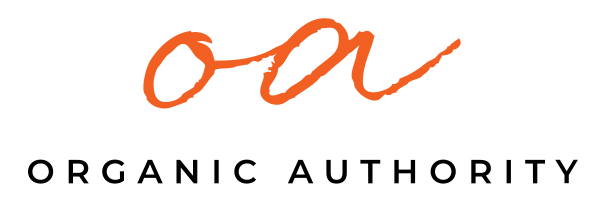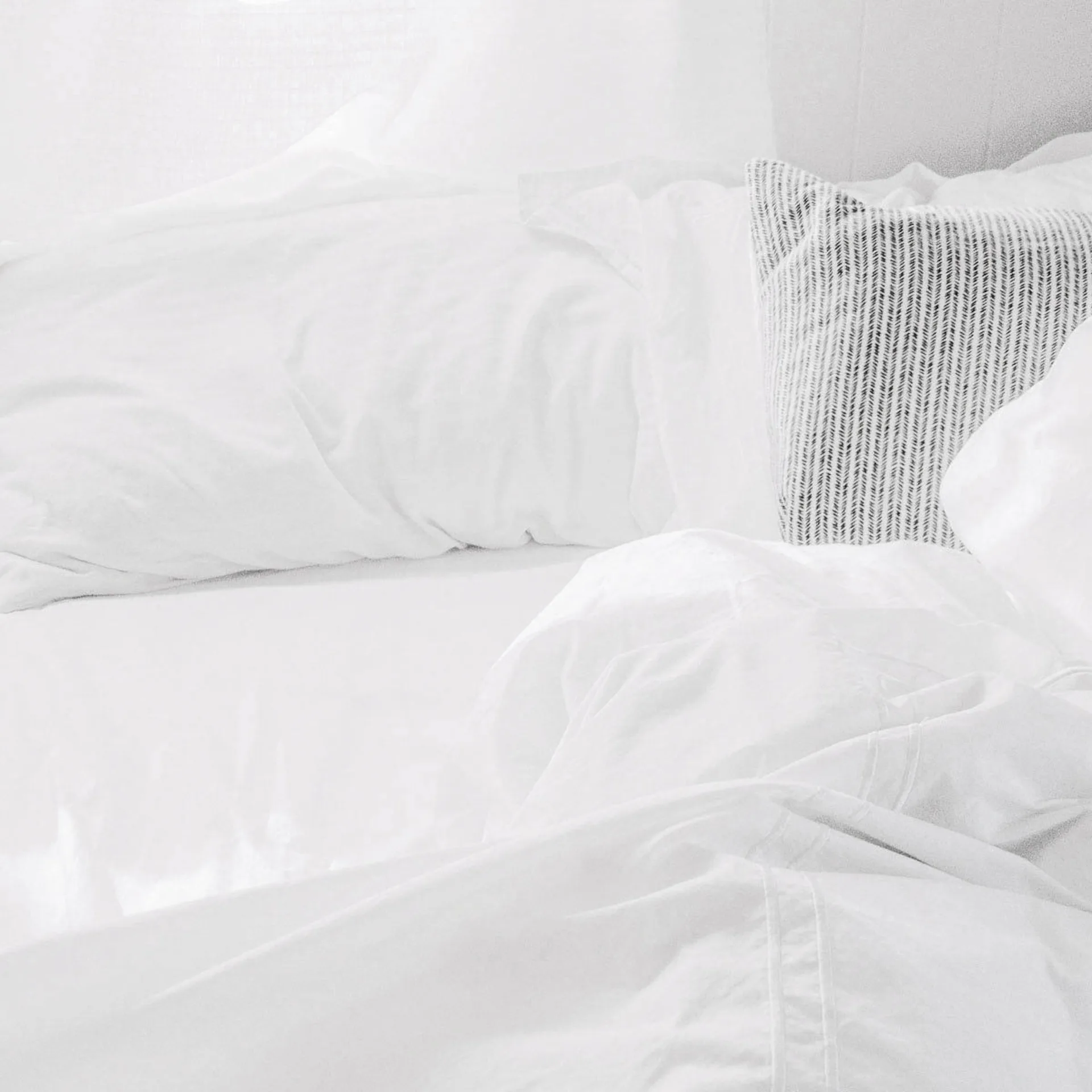How I’m Upping My Pull-Up Game at the Gym

This year I came up with a (short) list of fitness goals that I wanted to achieve, one of which included improving my strength (which, btw is particularly important for women to prevent osteoporosis).
Straight up: I have lousy upper body strength. I might be able to fight through a weight training sesh, and even a dozen push-ups, but I’m not “strong.” Don’t ask me to help you move a couch or lift a heavy child — you’ll be out of luck, my friend.
One of the most efficient ways to help improve and measure upper body strength is a good old-fashioned pull-up.
What’s the Difference Between a Pull-Up and a Chin-Up?
A pull-up is an upper-body compound pulling exercise where the body is suspended by the arms, gripping something (usually a bar), and pulls up.
You’ve probably also heard of a “chin-up.” The only difference between these two exercises is the grip. Pull-ups are performed with your palms facing away from you, while chin-ups are performed with your palms facing inward toward you.
Chin-ups require more from your biceps and chest muscles, while a pull-up works the back (latissimus dorsi), biceps and core muscles.
How Resistance Bands Helped My Pull-Up Progression
If you’re anything like me, you’ve probably spotted pull-up bars at the gym and thought, “I can’t do that.” And I couldn’t. When I first started my pull-up mission, I could barely lift myself off the ground. Like, I said: weak.
Defeated, but determined, I looked to use resistance bands in order to help with my pull-up progression. A resistance band helps you to rebound and therefore adds momentum to the tricky upward phase of the exercise.
To use a resistance band for your pull-ups, you loop the band over the pull-up bar and place your foot or knee in the band, and then complete your pull-ups normally.
That extra bit of assistance can help you eventually achieve a “real” pull-up. If done correctly, of course. It’s not all about pushing those biceps. According to Lalo Fuentes, personal trainer and owner of Lalo Fitness, focusing on your posture is key.
Key Mistakes With Pull-Ups
“One common mistake people make while doing pull-ups or chin-ups is to use their biceps,” he tells Organic Authority. “It is hard to elevate your body only using your biceps. You have to teach your body to use bigger muscles such as your back.
For that, bring your shoulders back and your chest out at a forty-five-degree angle pointing up. This not only makes your back muscles do the work but you will also allow your core muscles to engage and help you with the movement.”
Once you’re comfortable with that movement, you’ll want to work on getting comfortable with your grip and strength. Hoisting yourself up — even with a resistance band — is not easy work. It’ll feel weird and uncomfortable to newbies, but that’s part of the process.
“Once you feel comfortable with your grip and strength, work on the negatives (the way down of the movement). Bring yourself up using your bands and then slowly bring yourself down,” says Fuentes.
“The movement should be about ten times slower than on the way up. Doing this will build your back and grip strength. Once you feel comfortable doing this, then release the bands on the way down and try to do the same but without the bands.”
Focus on Sets
This will definitely take some time for some. When I first started, I could barely get through five reps when I’d have rest for a minute to find the energy to bust out another five before calling it a day. Fuentes recommends focusing on sets of four to start with.
To help your improvement even more, Fuentes suggests focusing on another different body part that you might be forgetting about: the core.
“The core is an important muscle that you use during pull-ups and chin-ups,” Fuentes says. “A great exercise for this purpose is the leg raises. You can do this on the ab bench or with the ab straps by hanging from a bar. First bring your knees up and then (once you get stronger) you can make it more challenging by bringing your knees towards your chest while keeping your chins parallel to the floor.”
After a few months of practicing my pull-ups, I can do about 15 pull-ups with the bands, and can squeak out two or three (on a good day) without ’em. It’s hard work!
I look forward to the day when I can practice a whole series of pull-ups without a band. For now, I welcome the band. I need the band. And if you need one too, there’s #noshame. Because strong women not only can lift heavy, but aren’t afraid to ask for help either.
Next stop: moving your couch and lifting your (slightly) heavy toddler.
Related on Organic Authority
Reducing My Workout Time Made Me Stronger
How Barre Class Changed My Butt and Thighs
Is Cardio or Strength Training Your Workout BFF?

